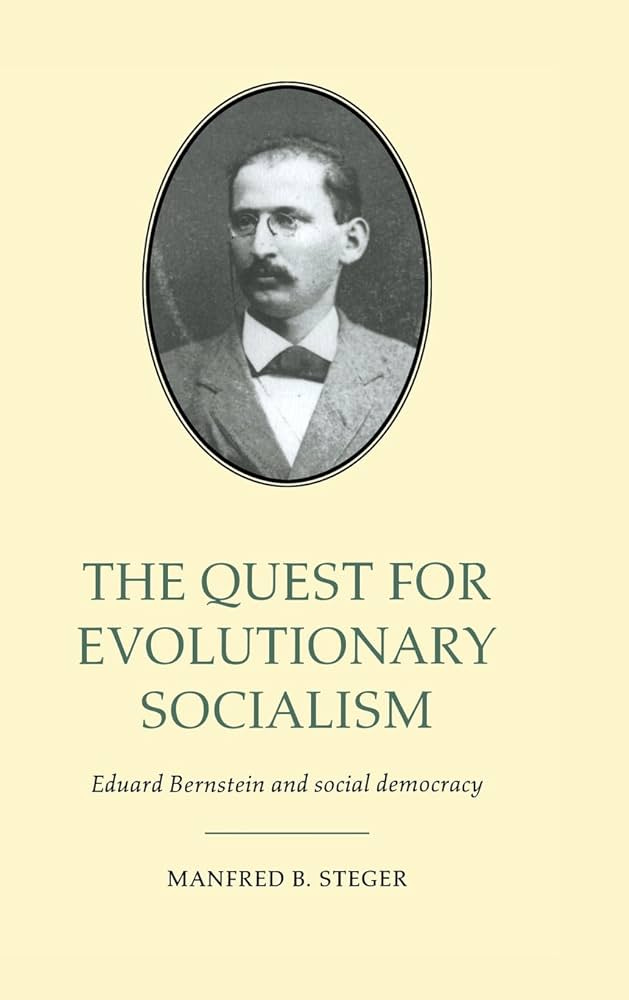The German Socialist Movement Before World War 1, Part III
"A man's got to know his own limitations . . . "
I’ve mentioned that the German Social-Democratic Party ran into a buzz-saw of patriotic skepticism. The year was 1907, after previous, huge gains in parliamentary elections. Too many voters were convinced that the mass strikes favored by the SPD’s vigorous radical wing, lead by Rosa Luxemburg and others, were the road to chaos and Bolshevism. The trade unions and a burgeoning SPD party bureaucracy rejected such action as well.
Support in Germany for socialism was widespread and deep, but it provoked equally strong opposition. I’ve mentioned this before in my review of Adam Przeworski. If your criteria for classification are economic data, the working class, much less the potential workers apt to support a Left, is never as big as you think it is.
Half the working class is enough to create a huge ruckus, in the form of industrial actions, but that is well short of a mass strike or “dual power” scenario. Arming the working class generates an armed opposition. Presently, in the U.S., the opposition is already armed, though not well-organized. Actually, if you get 35 percent for a mass mobilization, you’re doing pretty well. All such numbers in the current U.S. situation of course are complete science fiction.
The German Left in general looked shaky on the question of making Germany great. The anti-socialist forces frankly supported military strength, foreign expansion, and stability, and it proved to be good politics for them.
A crucial development was the breakup of the right wing-centrist block. A basic issue was the State’s striving for its own Empire, spurred by jealousy of the success of Great Britain and France in such endeavors. To this end, the State needed revenue to finance military expansion. It focused on indirect taxation of common consumer items, in other words, regressive taxes. The impact of such levies on the non-socialist middle class strata spurred the collapse of the right-leaning political consensus.
A similar, potential crack in Administration’s political support can be glimpsed by the need to pay for big tax cuts for the wealthy, plus a huge and repressive anti-migrant apparatus, plus the inevitable urge by the Republican Congress to increase, not decrease, defense spending, Trump’s nattering about opposing NATO and endless wars notwithstanding. The chief threat is posed to the Medicaid program, a source of support for many Trump voters. Absent some heroically fraudulent accounting and flouting of budget rules, not to mention a hurricane of flaming lies, there is no way to square that circle.
The posture of the centrist Progressive Party in Germany was interesting. It was always in favor of a military buildup, which it linked to imperial expansion and national economic prosperity. Shades of orthodox Marxist theories of imperialism. The Progressives were more liberal in domestic matters.
Trump’s brand of imperialism is focused on the Western hemisphere and Greenland. I’m well aware of the license Trump is granting to the mad rulers of Israel, but I have to doubt protecting Israel ranks high among his personal priorities. Perhaps he sees it as a defender of his pals, the absolutist rulers of oil-exporting nations. We know he likes oil. Otherwise he is content to see Europe trampled by Russia, and he doesn’t know what to do in the Far East besides diddle with tariffs.
The Progressives had been allied with the Right, effectively blocking SPD-sponsored reforms. I find it telling that the SPD needed allies not committed to, if not hostile to, socialism, even of the reformist variety.
When you need and acquire allies, you have to compromise on program. This speaks to the natural political obstacles to socialism, even in the congenial environment of pre-war Germany. It attests to the relevance of evolutionary reform.
Right now reform is hardly on the table for the U.S. at the national level. We have to prevent backsliding. I do think plentiful opportunities can be found in the states. I would highlight Medicaid and “free college.” Both of these hit red states and their voters more than you might think. A few southern states have a surprising level of support for enrollment in their community colleges; in some cases tuition is effectively zeroed out. The big advances under the New Deal in the 1930s were prefigured by demonstrative programs in certain states.



